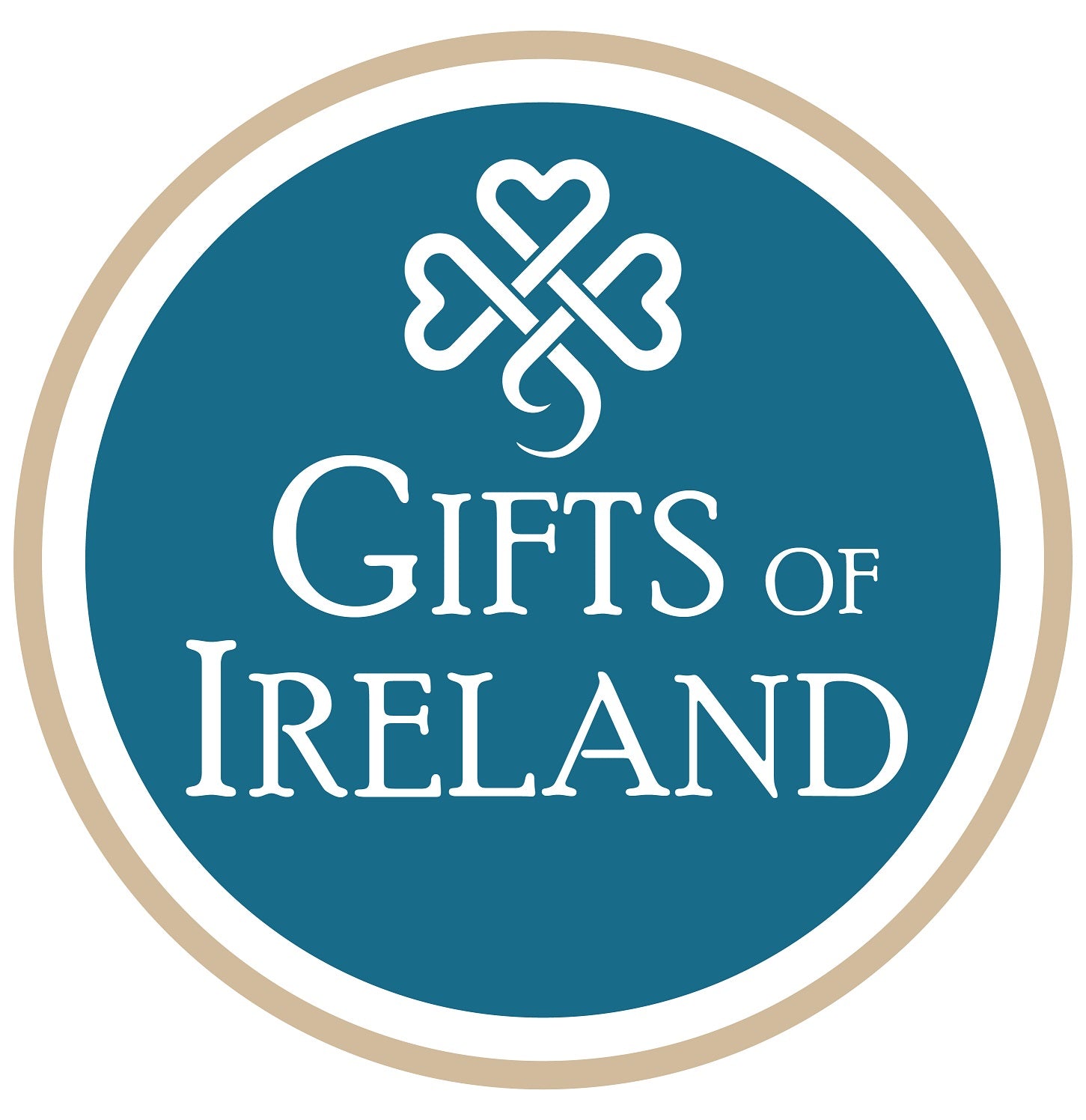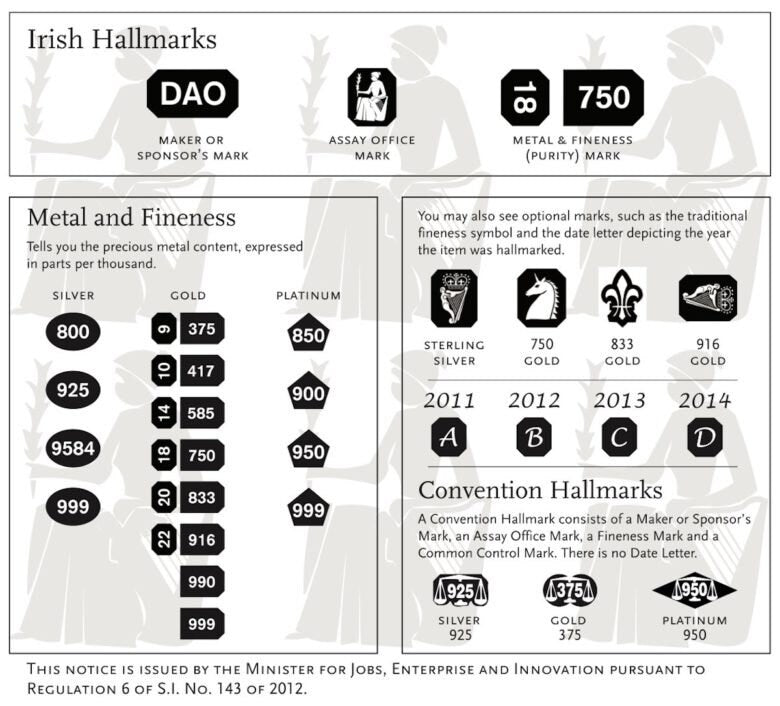Claddagh & Trinity Knot Disc Bangle

Claddagh & Trinity Knot Disc Bangle
About this piece
This Claddagh & Trinity Knot Disc Bangle combines two loved symbols of Ireland and its heritage. The bangle is a Celtic twist which gently flows to create two Trinity knots, one each side of the centre piece. The disc holder at the top of the bangle is encircled with tiny clear Cubic Zirconia stones.
The bangle comes with three interchangeable discs. One is of the Trinity knot surrounded by tiny hearts, the second, a Claddagh heart and the third, a traditional Claddagh edged with rope work.
Metal: 925 Sterling Silver
Plating: Rhodium
Weight: 10 grams approx.
Band Width: Top 18.5mm, Bottom 4.7 mm approx.
Disc Holder Diameter: 13 mm approx.
Stone Details: Clear Cubic Zirconia stones.
Fit: Standard 7 1/2″ wrist.
History of the Claddagh
History of the Celtic Trinity
🇺🇸 To USA: Standard shipping is US$10.95. (Arrives in 8-10 days)
.
🇨🇦 To Canada: Standard shipping is $15.95 (Arrives in 8-10 days).
🇮🇪 To Ireland: Standard Shipping is €5.95 (2-3 days).
🇬🇧 To UK: Standard Shipping is €8.95 (8-10 days)
.
To rest of Europe: Standard Shipping is €11.95 (9-12 days).
To Australia/NZ: Standard Shipping is $22.95.
Expedited 3-5 day shipping is available also at checkout.








